Looking for drought resistant groundcover, steep slope
Kim_4
12 years ago
Featured Answer
Sort by:Oldest
Comments (19)
klazar
12 years agoKim_4
12 years agoRelated Professionals
Derry Landscape Architects & Landscape Designers · Forest Park Landscape Architects & Landscape Designers · Havre de Grace Landscape Architects & Landscape Designers · Hershey Landscape Architects & Landscape Designers · Brownsville Landscape Contractors · Cockeysville Landscape Contractors · Hoffman Estates Landscape Contractors · North Lauderdale Landscape Contractors · Snoqualmie Landscape Contractors · Soddy Daisy Landscape Contractors · The Woodlands Landscape Contractors · Tinton Falls Landscape Contractors · Watertown Landscape Contractors · West Allis Landscape Contractors · West Orange Landscape ContractorsIris GW
12 years agoDonna
12 years agolouisianagal
12 years agoIrishgal2
12 years agoKim_4
12 years agoIrishgal2
12 years agojay_7bsc
12 years agozzackey
12 years agoemilytwinmom
12 years agoemilytwinmom
12 years agomerrillward
12 years agoUser
12 years agotopsiebeezelbub
12 years agoKatyaKatya
12 years agogreyghost61
12 years agocarolynsmimi
6 years ago
Related Stories
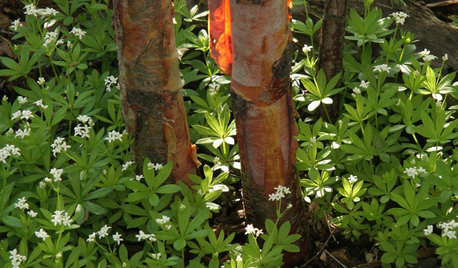
GARDENING GUIDES6 Deer-Resistant Ground Covers to Plant This Fall
Learn about some of the only low, spreading plants that are reliably deer-resistant
Full Story
CONTAINER GARDENS7 Deer-Resistant Flowers for Your Summer Containers
Grow these as protection for edibles or just for their colorful beauty — deer might not like them, but everyone else will
Full Story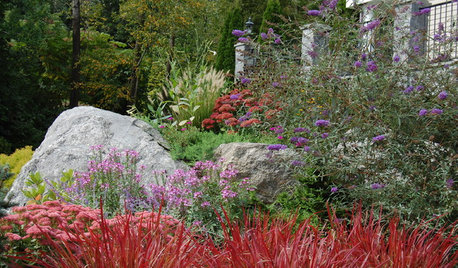
LANDSCAPE DESIGNHow to Design a Great Garden on a Sloped Lot
Get a designer's tips for turning a hillside yard into the beautiful garden you’ve been dreaming of
Full Story
GARDENING GUIDES10 Deer-Resistant Native Flowers to Plant This Fall
Learn about natives that embrace some kinds of wildlife but resist grazing deer
Full Story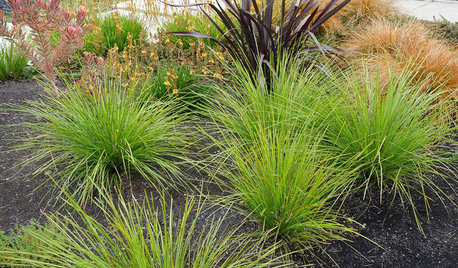
GRASSESVersatile Breeze Mat Rush Sails Into Drought-Tolerant Yards
Grassy Lomandra longifolia thrives year-round in shady and sunny gardens, in containers and in the ground
Full Story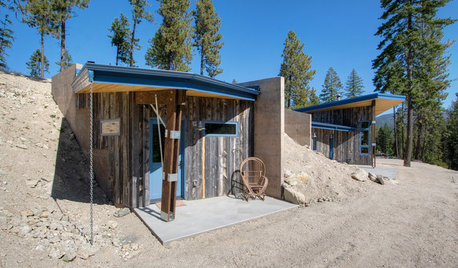
HOUZZ TOURSHouzz Tour: Having Fun With a Half-Buried House
Layers of dirt help create energy efficiency and an unusual look on a steep slope in Washington state
Full Story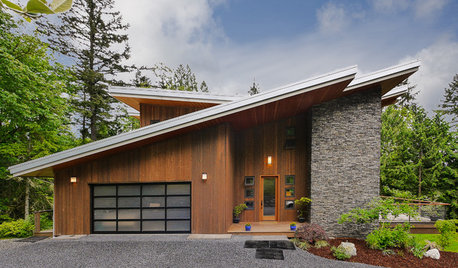
EXTERIORS5 Types of Sloping Roofs That Hit the Right Pitch
These modern houses approach the everyday roof from a different angle
Full Story
LANDSCAPE DESIGN11 Design Solutions for Sloping Backyards
Hit the garden slopes running with these bright ideas for terraces, zones, paths and more
Full Story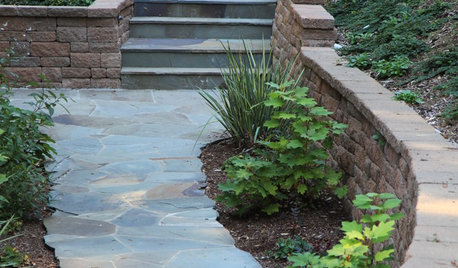
GARDENING AND LANDSCAPINGSteeply Beautiful Slope Retention
Don't let things slide or give in to sandbags and cement. These slope retention ideas will keep your landscape hitting the high notes
Full Story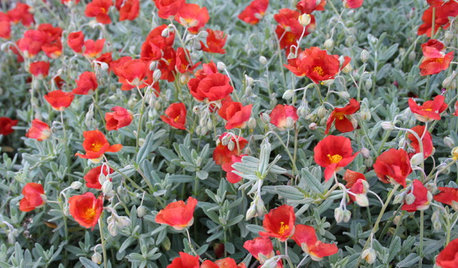
GARDENING GUIDESGreat Design Plant: Sunrose Dazzles on Dry Slopes
Abundant blooms and attractive foliage make this plant a welcome sight in sunny, well-drained spots
Full StorySponsored






lonewoof